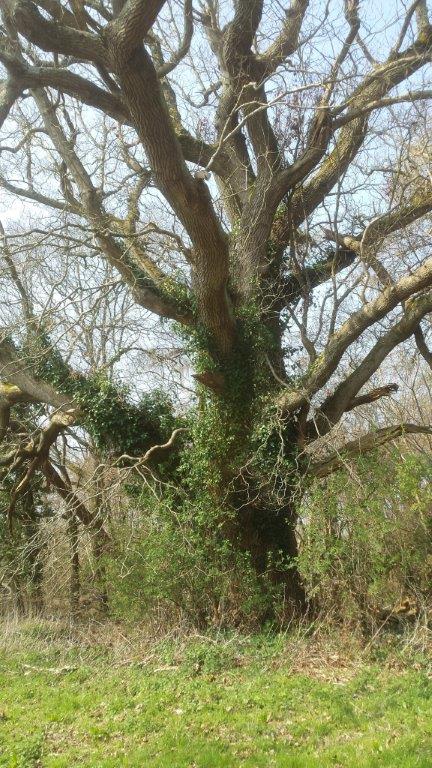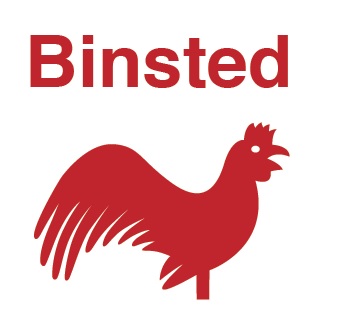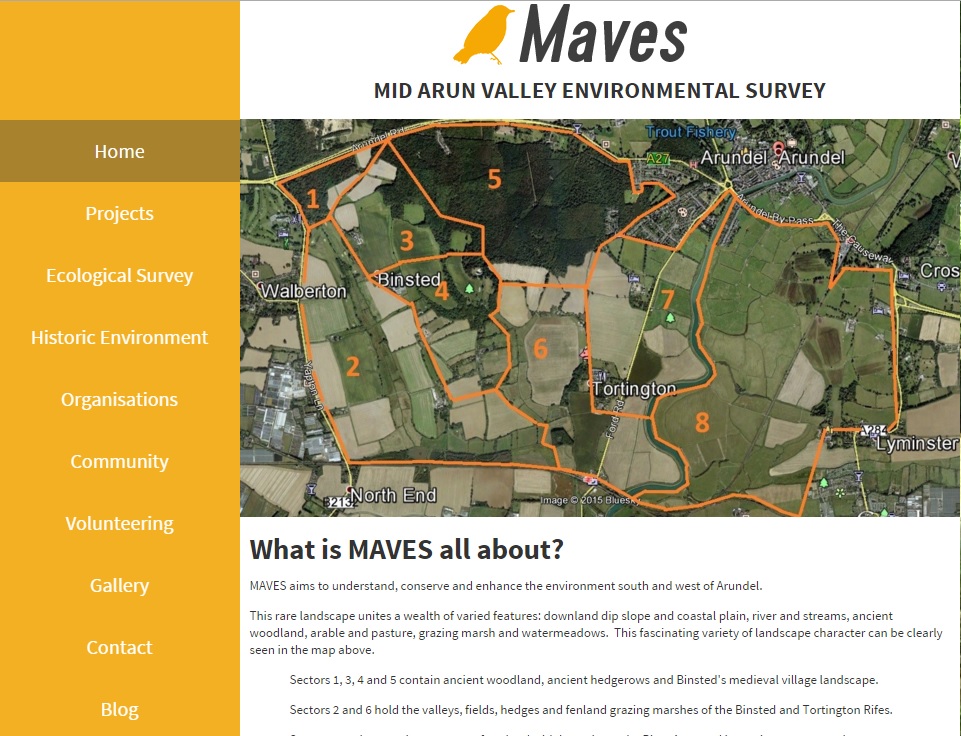Wildlife
Farm fields and flowers
The farmers and landowners of Binsted manage small, ancient pasture fields rich in orchids, rare flushed fen floral habitat in grazing marshes, and large undulating arable fields where common land used to be and where special wild plants such as blue cornflowers and poppies can be seen.Ponds and Rifes
Binsted's Madonna pond is a famously atmospheric spot to visit, and there are other lakes and ponds, with fauna including Great Crested Newts. The streams, known locally as Rifes, run through wooded rews and grazing marshes. The Binsted Rife Valley, overlooked by the church, is quite a dramatic feature for the coastal plain.Ancient woodland and hedgerows
It is largely thanks to the Wishart family's non-intensive approach to woodland management over the course of the 20th century that so much of Binsted Woods, and so many ancient hedgerows, are loved as they are in the landscape today. Binsted Woods has 250 acres of species-diverse broad-leaved woodland, the largest such woodland remaining on the coastal plain in West Sussex; this is added to by narrow belts of woodland ('rews') and ancient hedges tying the landscape together.Bluebell walks in Binsted Woods, along with drifts of early purple orchids and wood anemones, are an experience many parents bring their children to Binsted to enjoy, using the many footpaths through the fields and woods. Equally special are the less visible ferns, mosses, liverworts, sedges, lichens and fungi. The woods have a high score of Ancient Woodland Indicator Species. Early morning walkers can see deer come out from the woods into the fields and across to the Rife valley. There are bats, badgers, foxes, and rabbits, also dormice and squirrels, and water voles; and a wealth of birds – woodpeckers, owls and other raptors, tits, woodcocks.
The woods are also host to a multitude of insects such as Purple Emperor, White Admiral and Fritillary butterflies, moths, beetles and spiders. The best part of the woods for wildlife is the south-western part, especially the woodland edge, with its small enclosed fields and projecting belts and copses.
Binsted's landscape has been surveyed, and its value realised, in the course of researching the least damaging place to put a new Arundel Bypass. One report called Binsted Woods ‘nationally important’ (1992). Britain now has less than 2 per cent ancient woodland cover, and this decreases yearly. Three-quarters of what is left is in woods of 50 acres or less, so Binsted’s 250 acres are extremely precious. So also are its ancient fields and grazing marshes, streams and ponds, and so is the community that cares for them. More is now being learned each year about the wildlife habitats of this special area through the work of MAVES - click on the image above to explore its website.

How our community conserves and enhances the landscape
Ernest Wishart of Church Farm and Marsh Farm Binsted was strongly influenced by the naturalist writer W.H.Hudson, and helped form the Sussex Wildlife Trust. He purchased a farm at Sidlesham bordering Pagham Harbour in order to protect the wildlife on the Harbour, which was sold to West Sussex County Council on his death so that the area could be protected in perpetuity. Frank Penfold of the Sussex Wildlife Trust later gave much back to Binsted in working to protect Binsted Woods from the most destructive Arundel Bypass options, encouraging Binsted residents who sought to understand and care for its environment.
Binsted's farmers, landowners, residents and friends continue to care for its wildlife. In 2003-2006, residents and friends of Binsted, in the Walberton Action Group (WAG), set up a Landscape and Wildlife Enhancement Project which planted hedges and trees and looked after ponds in the area.
In 2015, MAVES (Mid Arun Valley Environmental Survey) was formed by residents and friends of Binsted and the surrounding area, to take further the work of understanding and helping to enhance the natural and historic environment which had been begun by the Walberton Action Group. MAVES' chair Julia Plumstead and several committee members from Binsted work together with others from Arundel and beyond, and with the Sussex Wildlife Trust and Arundel Agenda21; with help, now, from the National Park's ranger team and volunteers.



